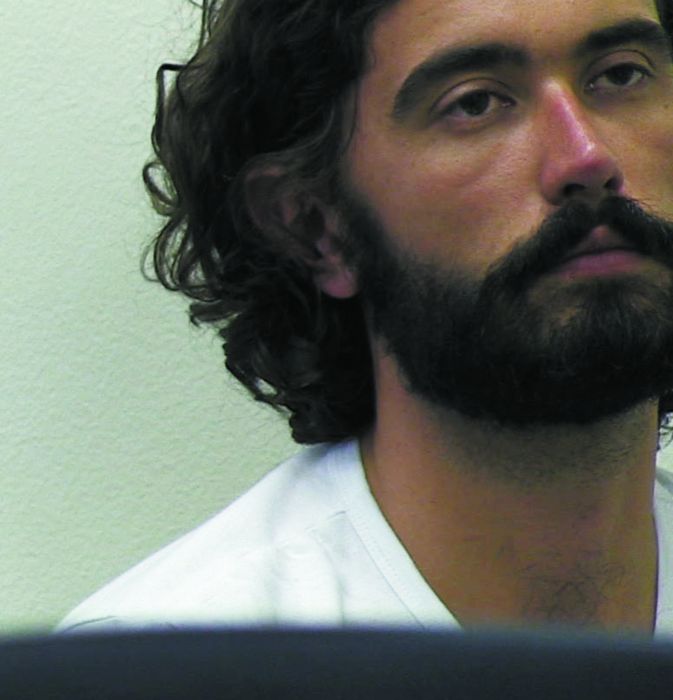
What is your topic of research?
My research is about stigmatised neighbourhoods – how and why neighbourhoods become stigmatised, what the consequences of stigmatisation are for the neighbourhood and the people who live there, and what responses and reactions stigmatisation elicits from local residents. My focus at the moment is on neighbourhoods that contain public housing estates – both in the inner city of Sydney and in the southwest.
Why were you drawn to this research area?
I think this area is complex and interesting and its importance is under-appreciated. It’s also something that I would talk about with my mum, who grew up on an estate in Whinmoor, in Leeds in the UK.
How does the Waterloo Estate fit into your research?
The Waterloo Estate is the largest and probably the most prominent estate in the country – not just because of its size but because of the kind of buildings that comprise it, its situation within the incredibly expensive gentrified inner city, and its historical significance as a place of Aboriginal and working-class organising and activism. For these reasons and more, Waterloo has received a lot of attention in the media and from politicians – a lot of negative attention, in particular. I’m interested in the effect of this; no doubt this has played some role in the plan for the redevelopment of the estate, but there are perhaps other consequences as well.
You recently attended a conference in Leeds. What was its relevance to your work and to Waterloo?
The conference I attended in Leeds was titled “Rethinking Global Urban Justice”. I presented some work there with other academics from Western Sydney University, which was about how universities and university researchers can help or hinder “justice struggles” – something that various groups in Waterloo have been part of, and which we’ve tried to help with a little bit. We discussed this with several other researchers involved in similar things all over the world (Brazil, Lebanon, Egypt, France) to try to work out the best ways to use our resources. I also presented some work by myself, on the topic of neighbourhood stigma and the different ways it is being contested in Waterloo – from more obvious things like the action group to more subtle things like art exhibitions and community gardens.
How would you like to see Waterloo in the future?
I would like to see Waterloo continue to be a place where anyone can afford to live, and I’d like to see the strength and togetherness of the community remain. I’d like to see more power and decision-making given to the people who live there when it comes to decisions that are made for the area.
I have a lot of reservations about the redevelopment; my sense is it’s not something that a lot of people living in the area want, and I’d like to see their views taken seriously. I’ve been inspired by so many people I’ve met who have faced challenges and hardships (including the prospect of losing their homes) but who are still generous and active in their community.




